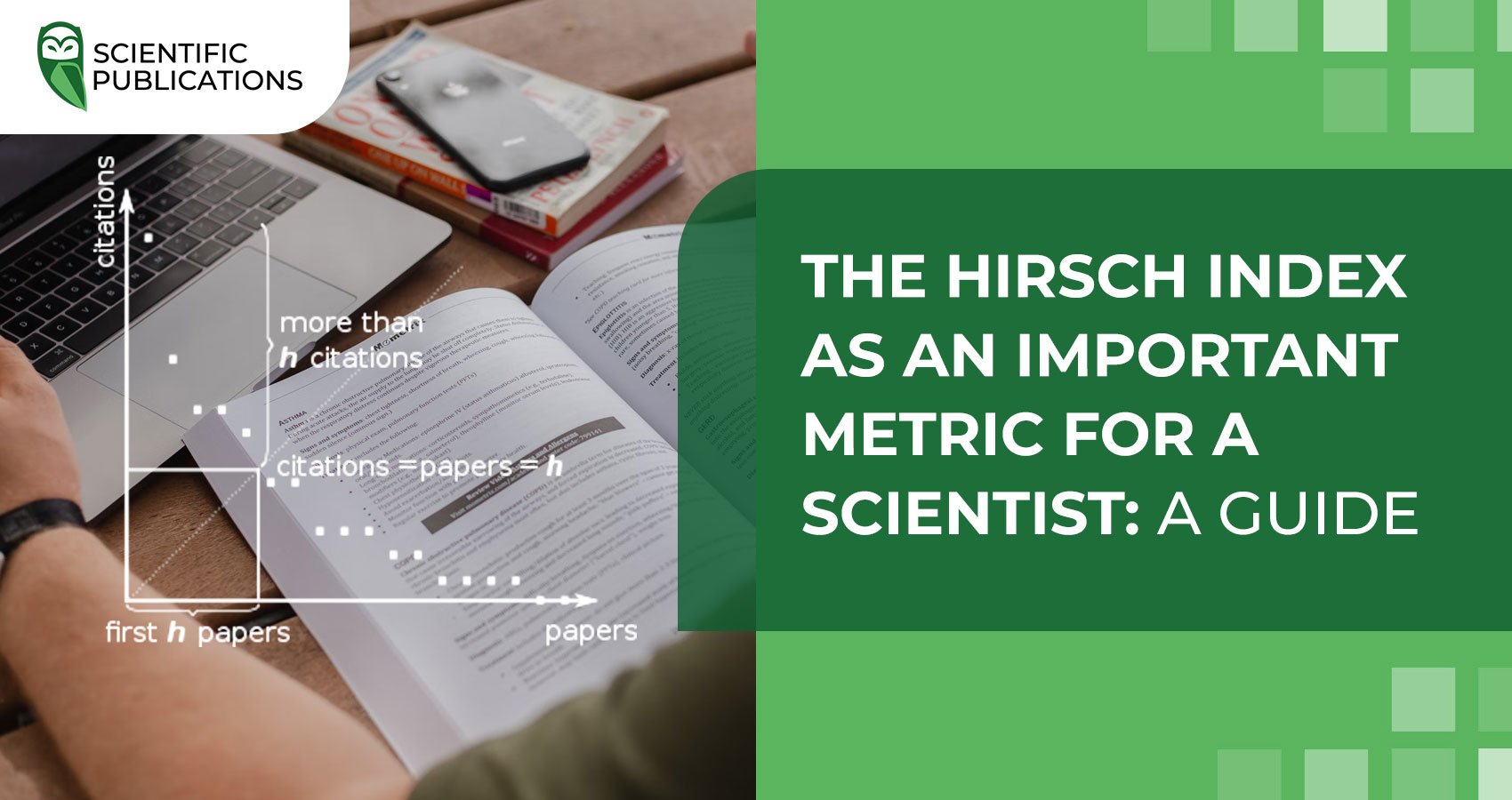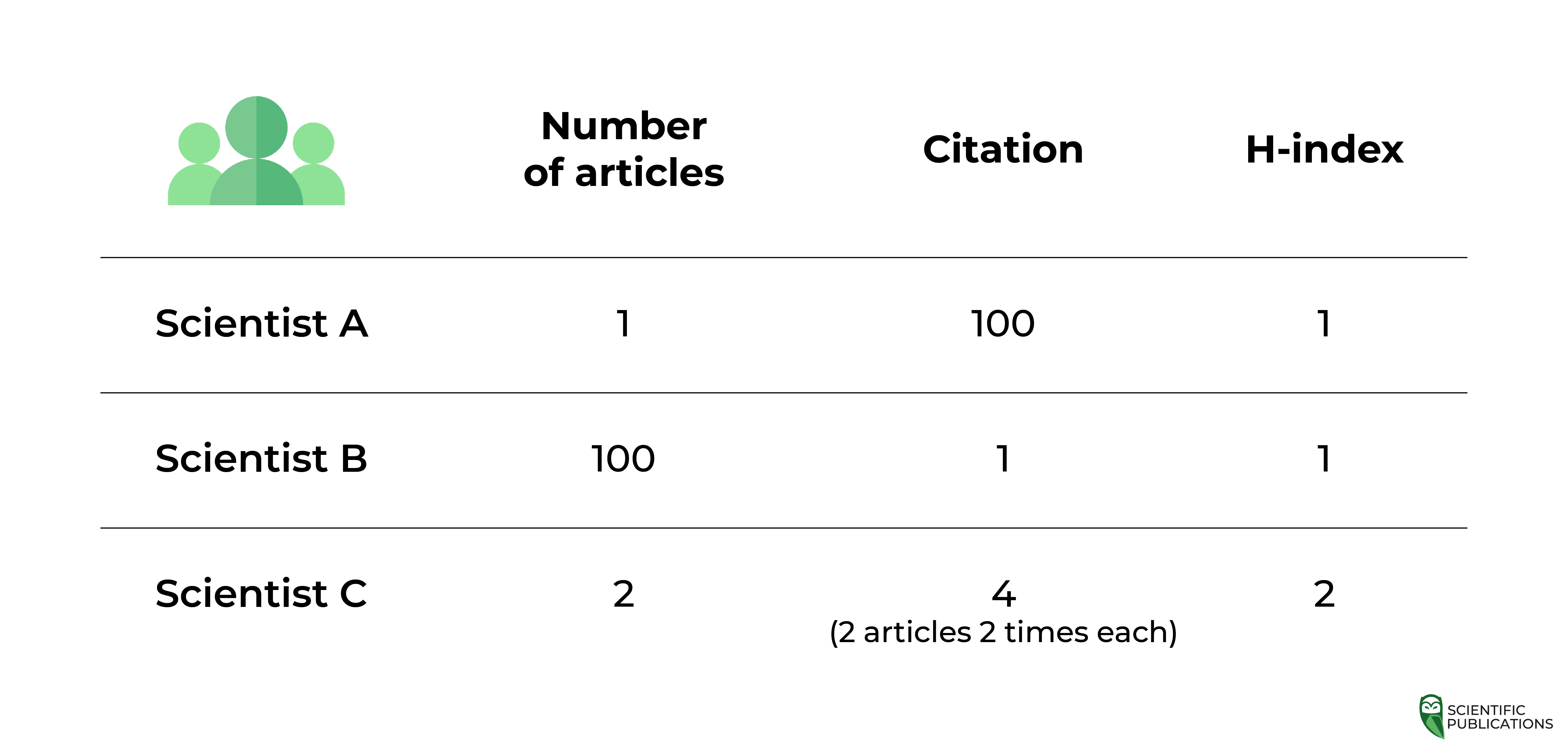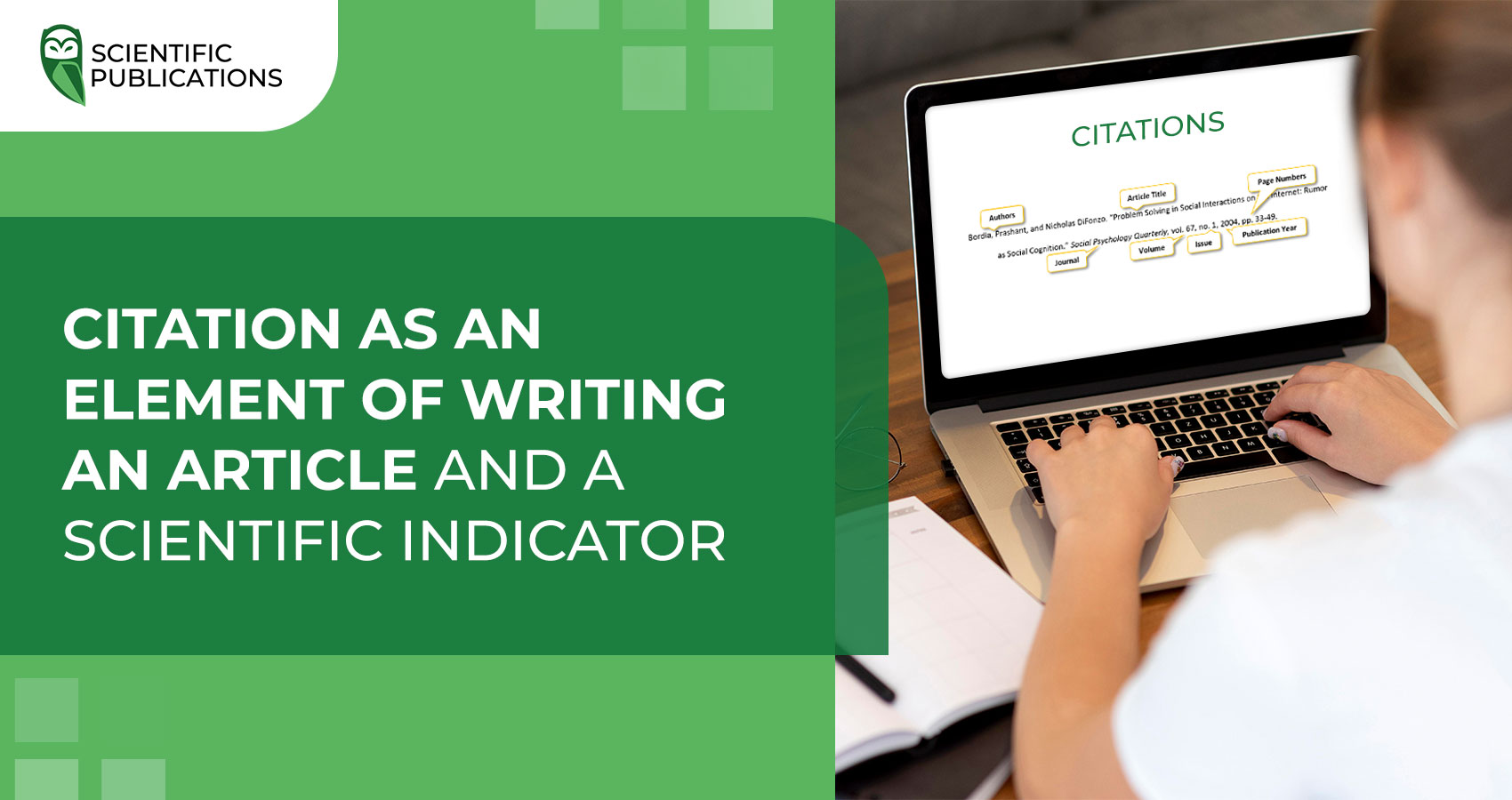The Hirsch Index is a widely used indicator in scientometrics to assess the productivity and impact of academics, academic journals, organisations, research institutions or even entire countries. It is used by the most prominent databases and platforms, and its figures are considered in ranking lists, such as the National H-index Ranking. This guide provides a detailed overview of the h-index, its values, applications and limitations, and tips for increasing your h-index.

What is the Hirsch index?
The H-index was proposed in 2005 as a way to assess the influence and productivity of a researcher based on their activity in a publication context. The H-index is calculated by considering the number of publications of the researcher and the number of citations to these publications. A scientist has a Hirsch index of "h" if they have "h" publications, each of which has been cited at least "h" times.
What is the significance of the h-index indicators?
The Hirsch Index is widely acknowledged as an important indicator for assessing the scientific contribution of researchers and institutions. It provides a balanced assessment of both the quantity (number of publications) and quality (number of citations) of work. As a result, the Hirsch Index has become an indispensable factor in assessing the influence of universities, research institutions and funders when making decisions about grants, promotions and collaborations.
Features of calculating the Hirsch index

How to apply the Hirsch index?
Using the Hirsch Index, there is an opportunity in academics:
- To compare the productivity and impact of researchers within a field of knowledge.
- Evaluate the results of the work of scientific groups or institutions.
- Identify potential employees and experts in the field of knowledge.
- Evaluate the success of publication projects and conduct funding distributions
Advantages of the Hirsch Index
The advantages of the Hirsch index as a scientometric indicator are in the following aspects:
- The indicator is based on quantitative data, which makes it a relatively objective indicator of a researcher's productivity and influence. It can reduce the influence of biases when evaluating a scientist's scientific career.
- h-index considers both the number of published papers and their citation rate, reflecting their impact on the scientific community. It allows the researcher's scientific productivity to be assessed from a more balanced perspective.
- The Hirsch Index encourages researchers to publish quality and influential papers that will be actively cited, rather than striving for a large number of low quality publications.
- The Hirsch Index is easily calculated using indicators from scientometric platforms such as Google Scholar, Scopus and Web of Science, making it accessible to a wide range of researchers and academic organisations.
What are the disadvantages of the Hirsch index?
Despite the value of the h-index, its disadvantages must be considered. These include:
- The Hirsch index has a cumulative effect, thus it is frequently possible to trace a tendency for more experienced researchers to score higher than younger researchers, despite the importance of their scientific contribution.
- The H-index does not distinguish the position of the author in the list of authors of a publication, i.e. the scientometric indicators will be raised equally for all members of the author team, without differentiating by the amount of work they have done.
- The H-index is not a standardised indicator and equates all fields of knowledge, regardless of their citation dynamics.
- The Hirsch Index does not consider the quality of the journals in which the work is published or the quality of citations of these articles (including excessive self-citation).
- When calculating the Hirsch index, the value of highly cited publications is levelled. For example, if there are 2 articles in the author and each of them is cited 1000 times, h-index is still =2.
How to increase the Hirsch index?
To accomplish some scientific purposes and increase their influence in the scientometric space, academics can take advantage of such tips to increase the Hirsch Index:
- Publish your research in highly ranked scientific journals with a large readership and a high citation rate.
- Collaborate with colleagues from different fields to expand your audience and increase scientometric indicators.
- Promote your publications on social networks, conferences, blogs.
- Ensure the availability of your publications (Open Access) to increase their visibility and the possibility of citation.
- Ask for help from specialists in the field of scientific consulting, the company Scientific Publications. We will ensure that your Hirsch index is organically raised to a certain level in Scopus, Web of Science or Google Scholar, we will conduct an audit of your author profile, settle any necessary technical points and provide expert advice.
Fill in an application on our website and the company's specialists will contact you today!





